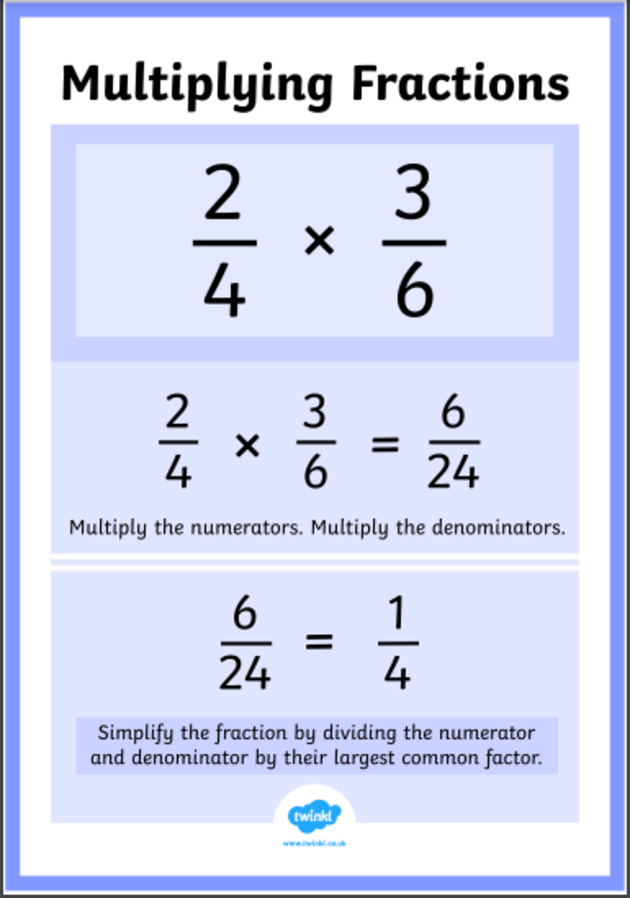
Introduction
Multiplying fractions is a fundamental operation in mathematics that allows us to calculate the product of two or more fractional quantities. While it may seem daunting at first, understanding the basic principles behind multiplying fractions can make the process straightforward and manageable.
Understanding Fractions
Before diving into multiplication, it’s essential to grasp the concept of fractions. A fraction represents a part of a whole or a ratio of two numbers. It consists of a numerator (the top number) and a denominator (the bottom number), separated by a line. For example, in the www.e2-e4.tv/ 3/4, 3 is the numerator, and 4 is the denominator.
Multiplying Fractions
To multiply fractions, you simply multiply the numerators together and the denominators together. The resulting fraction is the product of the two original fractions.
Step-by-Step Process
Let’s break down the process of multiplying fractions into simple steps:
- Multiply the Numerators: Start by multiplying the numerators (the top numbers) of the fractions together. For example, if you have the fractions 2/3 and 3/5, multiply 2 and 3 together to get 6.
- Multiply the Denominators: Next, multiply the denominators (the bottom numbers) of the fractions together. Continuing with our example, multiply 3 and 5 together to get 15.
- Combine the Results: The product of the two fractions is obtained by placing the product of the numerators over the product of the denominators. In our example, the product of 2/3 and 3/5 is (2 * 3) / (3 * 5) = 6/15.
- Simplify (if Necessary): Finally, simplify the resulting fraction if possible. In our example, 6/15 can be simplified by dividing both the numerator and denominator by their greatest common divisor, which is 3. This gives us the simplified fraction 2/5.
Example: Multiplying Fractions
Let’s apply the steps outlined above to a specific example:
Given the fractions 2/3 and 5/7, let’s find their product.
- Multiply the numerators: 2×5=10.
- Multiply the denominators: 3×7=21.
- Combine the results: The product of the two fractions is 10/21.
- Simplify: Since 10 and 21 have no common factors other than 1, the fraction 10/21 is already in its simplest form.
So, 2/3×5/7=10/21.
Conclusion
Multiplying fractions is a fundamental mathematical operation that can be easily mastered with practice. By following a simple step-by-step process and understanding the underlying principles, you can confidently multiply fractions and solve a wide range of mathematical problems.






